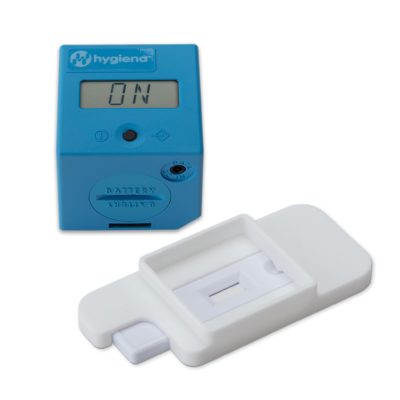
Food Safety
Identifying Sources and Root Causes of Food Hazards - Part 2
The control of food hazards is a significant concern for food manufactures. Two significant sources of these hazards are allergens and pathogens. Food manufacturers can address these potential threats to product quality by implementing two essential processes in their facilities: raw material and finished product testing, and cleaning verification throughout the facilities used to store raw materials, manufacture products, and package final products for supply to customers.
Part 1 focused on cleaning verification. Part 2, below, discusses testing for allergens.
For raw material and finished product testing, it is critical to test for the presence of allergens. This can be easily done using AlerTox™ Sticks for results in less than 10 minutes with no need for special equipment. Detection levels range from 1-20 ppm, depending on the allergen. Currently, tests are available for peanut, walnut, almond, soy, egg, fish, crustacean, hazelnut, beta-lactoglobulin, mustard seed, casein, and total milk.
A related product, GlutenTox® Sticks, rapidly identifies gluten in food, beverages, or on surfaces with a detection limit of 3 ppm (<20 ppm is considered “gluten-free”). When combined with the Hygiena™ Cube Reader, quantitation of gluten levels (from 1-40 ppm) can be obtained in <50 minutes. GlutenTox™ Pro, another rapid gluten detection system, requires no lab equipment and can be used on food, beverages, and surfaces to detect residual gluten (5-40 ppm) with a 10-minute assay.

If further quantitation is needed, Hygiena™ GlutenTox® ELISA kits can be used. They can quantify the gluten levels present in food samples from 0.6 ppm to 200 ppm in 90 minutes. AlerTox® ELISA kits are also available for a variety of other allergens, including peanut, walnut, soy, and sesame. If food processing surfaces need analysis, AllerFlow Gluten can rapidly determine if gluten is present at 5 ppm or more in 10 minutes.
To monitor the overall environment, AllerSnap™ is a simple to use swab device that can detect the presence of protein residues (potential allergens) left behind after cleaning. When paired with ATP testing, results will show how clean the facility truly is.
No matter the type of food, it is essential to ensure food safety and quality at all levels and in all areas involved in the manufacturing and packaging processes. By implementing a detailed environmental monitoring program using products such as those mentioned above, food manufacturers can feel confident that their finished products are free of potential contaminants and allergens and that their facilities are clean for the next production run. Having confidence in the accurate, low-level detection levels will not only ensure consumers that the food products are safe, but it will also strengthen the brand overall and save significant costs (such as reduced recalls, reduced re-cleanings, and less discarded product).